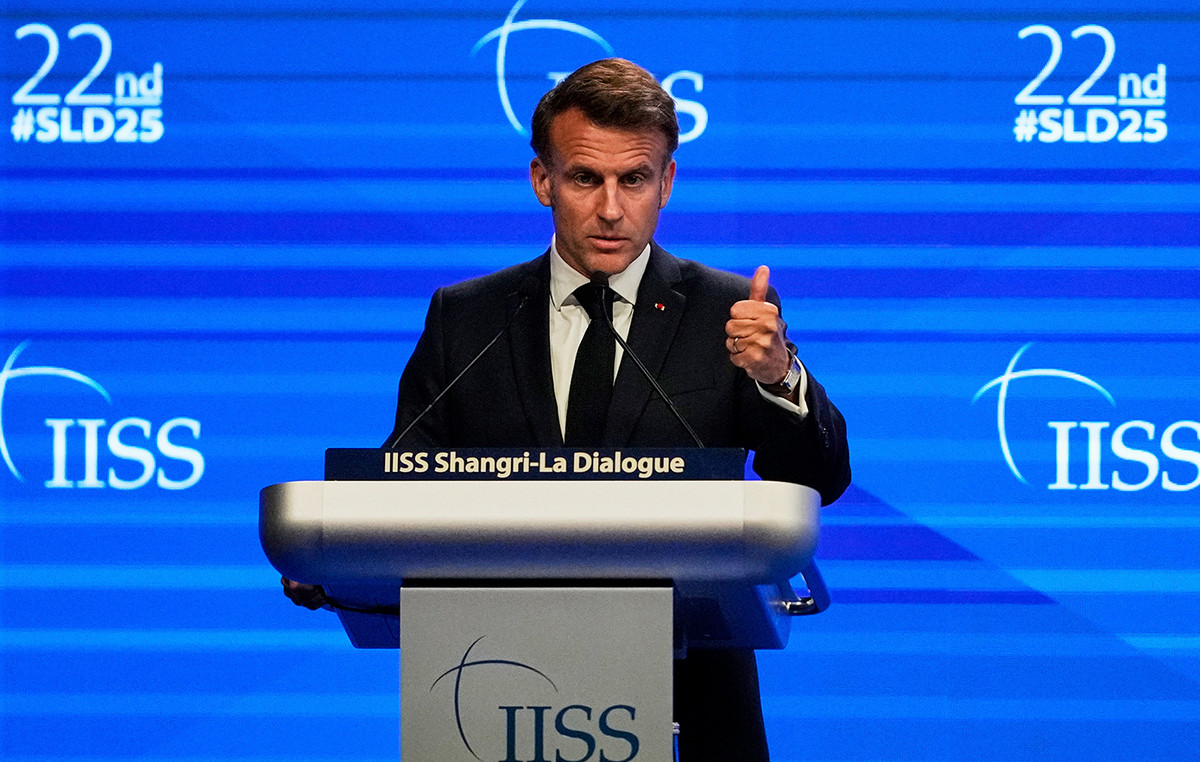- The US dollar index (DXY) recovers while tensions in the Middle East raise the attractiveness of the Usd’s safe refuge against its G10 peers.
- Trump presses Iran to reach an agreement “before [sea] Too late ” – oil prices shoot, raising a threat to Fed.
- Michigan consumer’s feeling index of the US and consumer expectations ahead, but the inflationary pressure could begin to accumulate if oil prices remain high.
The American dollar index (DXY) is contributing up on Friday, with the markets changing its focus towards the Israel war against Iran. With the headlines arriving early on Friday on Israel’s attacks on Iran’s nuclear program and officials on Friday, the US dollar (USD) bounced from recent minimums, winning against its main counterparts.
The DXY, which measures the strength of the USD in front of a foreign exchange basket, has recovered above 98.00 at the time of writing. Although the US dollar has received a slight impulse from hostilities in the Middle East, the DXY could continue to face pressure throughout the day.
In the economic agenda, investors are attentive to the consumer’s feeling index of the University of Michigan (UOM) and the consumer inflation expectations to 1 and 5 years of the UOM for June.
Tensions increase in the Middle East, the US dollar wins, the participation of the US in doubt
Although inflation has shown signs of deceleration, with the data of the consumer price index (CPI) and the production price index (IPP) that did not meet expectations this week, the lowest energy prices contributed to the movement. The launch of this war from Israel could add pressure to energy prices. Petroleum prices are on the rise after attacks, that both US President Donald Trump and Israeli Prime Minister Netanyahu have confirmed that they are willing to continue.
In a publication on social networks, President Trump declared that “I would give Iran an opportunity to reach an agreement. I told them, in the most forceful terms, that ‘they simply did’, but it does not matter how hard they tried, no matter how close they were, they simply could not achieve it,”.
These comments have raised questions about US participation in attacks, which could cause geopolitical risks to intensify between the US and other nations that have condemned the attacks.
Multiple nations, including Saudi Arabia and China, have condemned Israel’s attack. The spokeswoman for the Chinese Ministry of Foreign Affairs, Lin Jian, said that “China urges all relevant parties to do more to promote regional peace and stability and avoid a greater climbing of the situation. China is ready to play a constructive role in helping to dispose of the situation.”
The recent climbing could contribute to an increase in the broader geopolitical risks, which could affect the attractiveness of the US dollar as a safe refuge, thus limiting Dxy’s ability to recover.
In addition, if oil and energy face shortage or interruptions due to tensions, prices could continue to rise, raising another threat to inflation.
US dollar FAQS
The US dollar (USD) is the official currency of the United States of America, and the “de facto” currency of a significant number of other countries where it is in circulation along with local tickets. According to data from 2022, it is the most negotiated currency in the world, with more than 88% of all global currency change operations, which is equivalent to an average of 6.6 billion dollars in daily transactions. After World War II, the USD took over the pound sterling as a world reserve currency.
The most important individual factor that influences the value of the US dollar is monetary policy, which is determined by the Federal Reserve (FED). The Fed has two mandates: to achieve price stability (control inflation) and promote full employment. Its main tool to achieve these two objectives is to adjust interest rates. When prices rise too quickly and inflation exceeds the 2% objective set by the Fed, it rises the types, which favors the price of the dollar. When inflation falls below 2% or the unemployment rate is too high, the Fed can lower interest rates, which weighs on the dollar.
In extreme situations, the Federal Reserve can also print more dollars and promulgate quantitative flexibility (QE). The QE is the process by which the Fed substantially increases the flow of credit in a stuck financial system. It is an unconventional policy measure that is used when the credit has been exhausted because banks do not lend each other (for fear of the default of the counterparts). It is the last resort when it is unlikely that a simple decrease in interest rates will achieve the necessary result. It was the weapon chosen by the Fed to combat the contraction of the credit that occurred during the great financial crisis of 2008. It is that the Fed prints more dollars and uses them to buy bonds of the US government, mainly of financial institutions. Which usually leads to a weakening of the US dollar.
The quantitative hardening (QT) is the reverse process for which the Federal Reserve stops buying bonds from financial institutions and does not reinvote the capital of the wallet values that overcome in new purchases. It is usually positive for the US dollar.
Source: Fx Street
I am Joshua Winder, a senior-level journalist and editor at World Stock Market. I specialize in covering news related to the stock market and economic trends. With more than 8 years of experience in this field, I have become an expert in financial reporting.







